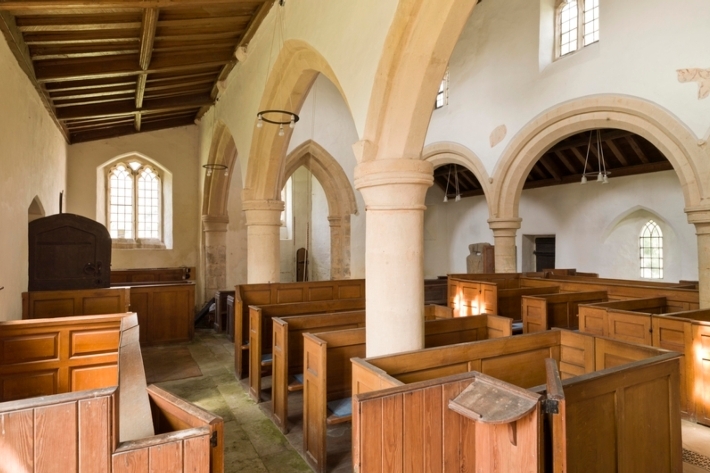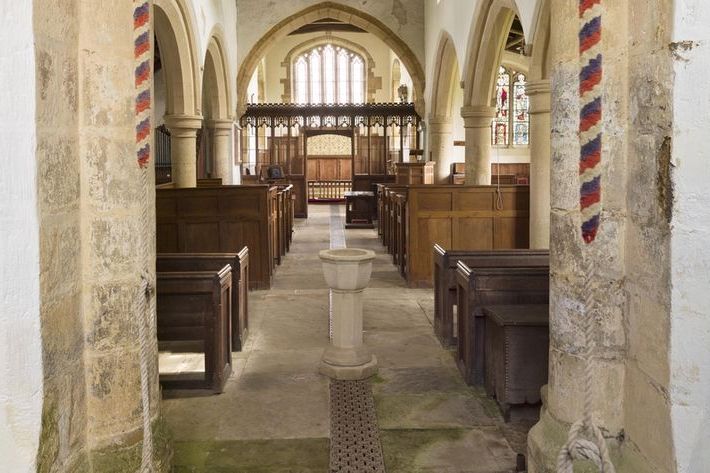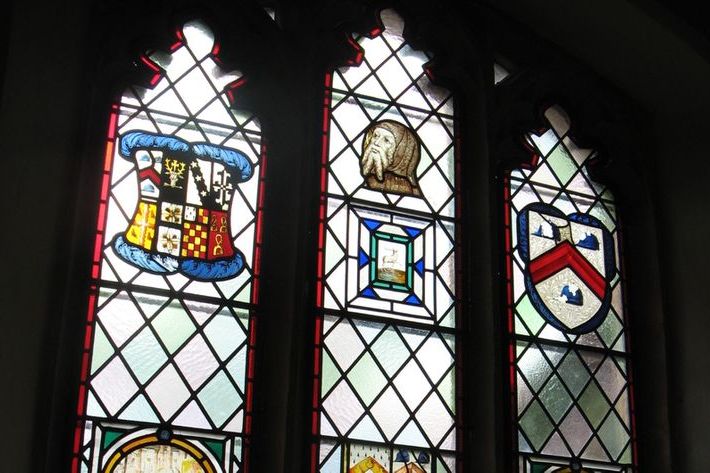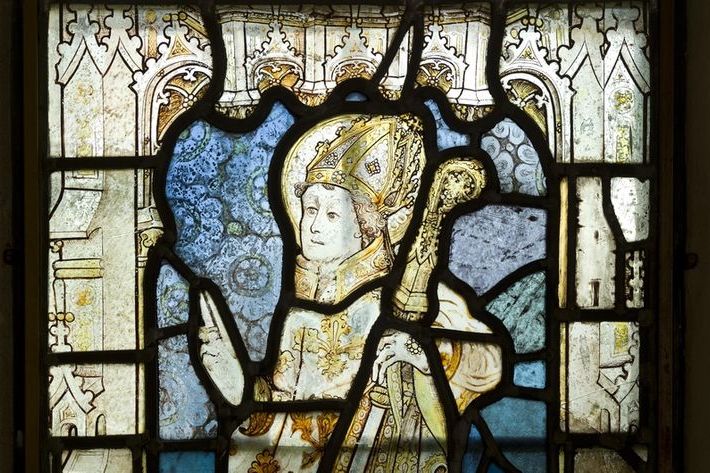St Mary the Virgin Church, Ayston, Rutland
- Overview
- Map
- What's nearby
You can now help support the work of the Churches Conservation trust in caring for St Mary's Ayston by text:
To donate £5 please send AYS to 70970
To give £10 please send AYS to 70191
Where the bells hail England's original patron saint King Edmund
The Church of St Mary the Virgin is set within the ancient hamlet of Ayston, and dates from the twelfth century, though much of the surviving fabric is from the thirteenth century.
Some fragments of early fifteenth-century stained glass can be found in the windows of the south aisle depicting the remains of a crucifixion scene, a crowned Virgin and Child and two bishops' heads. In the north aisle is a medieval monument, which is now very worn, of a Knight and his Lady lying on pillows resting in the serene atmosphere of the church.
The church has four bells the oldest of which are inscribed ‘Ambrose'; and the other ‘Ave Rex Gentis Anglorum', which loosely translated means ‘Hail King of the English people', a reference to St Edmund, King of East Anglia, who was killed by the Danes for refusing to give up his Christian faith circa 869. Legend has it that when the king's supporters went to find his body his head was missing, though it was soon found as the wolf protecting it called out in a human voice ‘here, here'. St. Edmund was the patron saint of England until Edward III (1312-1377) replaced Edmund by associating Saint George with the Order of the Garter.
The south aisle and tower were added in the fourteenth century, and the chancel and south porch in fifteenth century. The box pews date from around 1800.
-
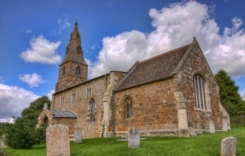
St Botolph's Church, Wardley, Rutland
1.78 miles
White-washed serenity in a charming hamlet
-
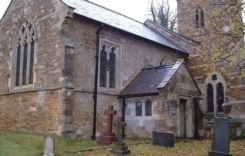
St Peter's Church, Allexton, Leicestershire
2.59 miles
Hints of Verona?
-
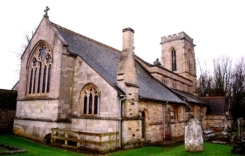
Holy Cross Church, Burley, Rutland
5.98 miles
An exemplar of medieval elegance
-
Facilities & Hire
Due to the historic nature of our buildings, only a small number of them have heating, running water or toilet facilities. The lighting is usually operated via a 'push button' timer or a motion sensor.
-
Directions
Ayston is 1 mile north-west of Uppingham and 17 miles east of Leicester just off the A47
-
Transport
Nearest train station is Oakham which is a distance of 6 miles
-
History & Further Information
Why not make your visit more enjoyable and informed by finding out more about this church before you visit? You can download a range of publications below including the relevant county guide, and any walk round guides we have for this church.
 Derbyshire, Nottinghamshire, Leicestershire, and Rutland County Guide 2012
Derbyshire, Nottinghamshire, Leicestershire, and Rutland County Guide 2012
This free of charge short guide contains details of all the churches we care for in Rutland, Derbyshire, Nottinghamshire and Leicestershire. Printed copies of the county guides are also available at the church.
-
Community information
Community information for St. Mary's church, Ayston
All our Rutland churches are in our North region.
Useful local links:

